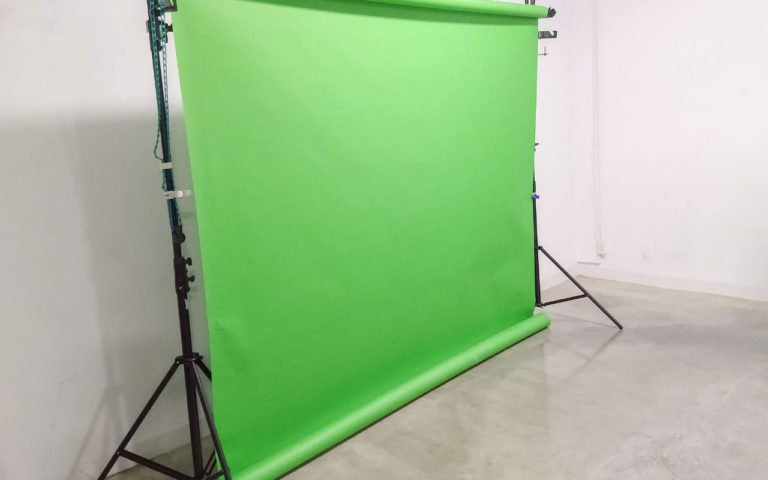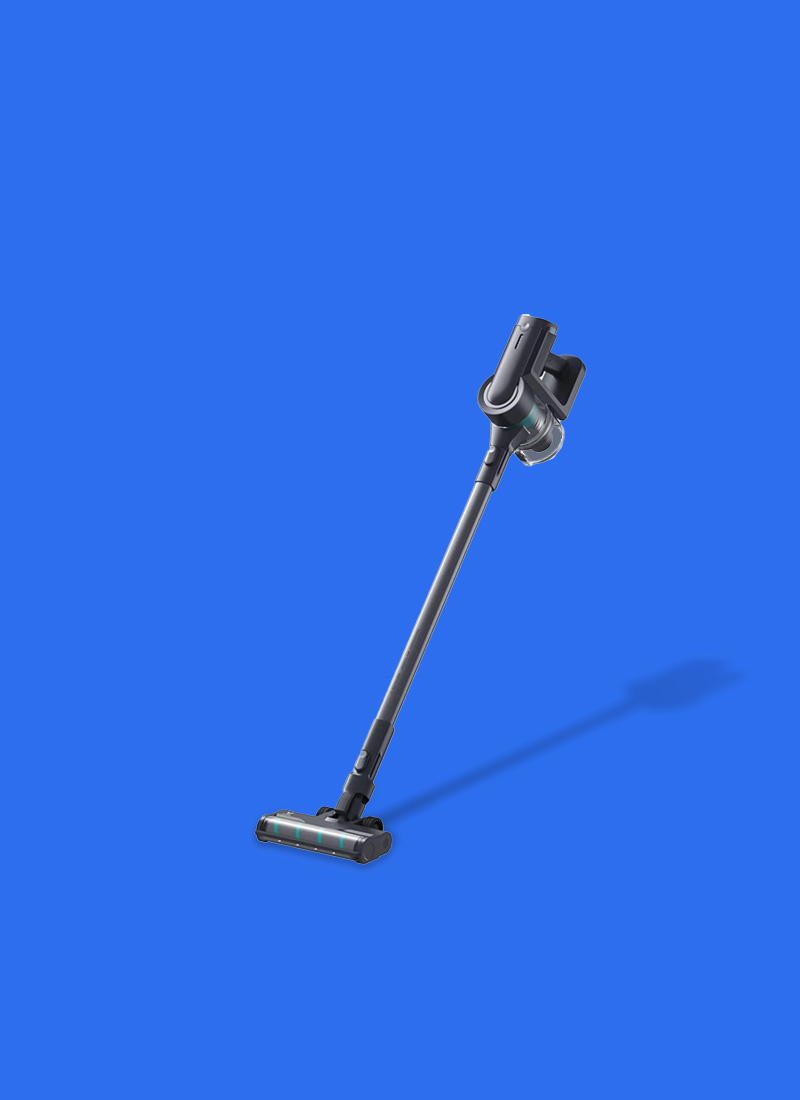ⓘ We are reader-supported and may earn a small commission at no additional cost to you if a purchase is made through one of our links.
The introduction of chroma key green screens has revolutionised videography. People can now create special effects and film themselves in places they’ve never been before.
By using a green screen, you can take your videography skills a notch higher and will also be able to do the unimaginable. When used the right way, a green screen can help you bring your wildest imagination to life through the chroma keying technique.
Besides, most movies that you see today utilise green screen technology to give the viewers scenes that are not only magical but also unforgettable.
If you are looking to learn how to use a green screen, you are in the right place because this piece highlights all the factors that can help you get started. Having a difficult time finding the right green screen? Click here to check out our list of the best green screens in Australia.
What is a Green Screen?
In nutshell, a green screen is a specialised backdrop that allows videographers and photographers to manipulate the background of a given video or photo in post-production.
Through this, video editors can create amazing scenes using visual effects through the chroma-keying method.
Green screens are made of non-reflective material to prevent glare when shooting videos or taking pictures. Most high-end green screens are made of cotton muslin, while others are crafted from either spandex or paper.
Bear in mind that most but not all green screens are green. Some are painted blue, so you are the one to choose the option that suits the needs of your project. However, most people prefer green screens because they offer higher luminosity than their blue counterparts.
If your subject is wearing a green outfit, you should consider using a blue screen to avoid complications when editing.
7 Steps on How to Use a Green Screen
Working with a green screen is very easy, but there are a number of things that you need to take into consideration to get the best results. Here are the basic steps that can help you get the best from your green screen:
Step 1: Choose the right backdrop for your project
As discussed above, you can go for a blue or green screen, so it all depends on your project requirements. Getting the right colour of screen is essential because it will determine the quality of the images that you will get after editing the original copies.
When working with green props, you should avoid green screens. A blue screen can be a great alternative in such instances. Also, you need to check the type of material from which the green screen is made.
A good green screen should be crease-resistant and non-reflective. This allows for even and smooth dispersion of light, thus providing you with high-quality videos and photos.
Step 2: Check if the green screen has creases
Now that you have chosen the most ideal backdrop for your subject, you need to check if the green screen in question has creases. You can use an iron to remove creases before using the green screen.
Ensure that you use the lowest heat setting to avoid damaging the green screen. This step may not be necessary if you are using a crease-resistant green screen.
Step 3: Set up the green screen
Set up the green screen to create a background for your project. Ensure that the backdrop is placed in such a way that it stays taut at all times.
Most green screens come with stands and clamps that you can use during setup. If you don’t have these accessories, you can attach the green screen to a flat surface. You need to check if the backdrop covers the entire area that you intend to use.
Step 4: Install proper lighting
Proper lighting is key in videography and photography. That said, the green screen and the entire setup should be well-lit to avoid dark spots and unwanted shadows. The type of lighting system used may vary depending on the size of your project.
For content creation, you can use a ring light to get the desired results. If you are working on a large project, you should use at least three sources of light for proper lighting. All parts of the screen should be lit evenly to create a balanced image.
Additionally, the lighting system should be diffused to avoid creating hotspots on the green screen. If you like, you can use separate light sources for your subject and the green screen.
Step 5: Place the subject in front of the green screen
The subject should be placed at least 1.5 meters away from the green screen to avoid creating shadows. Best of all, you won’t have to worry about colour spill when there is space between the object/person and the green screen. Furthermore, you will have an easy time when keying the final image.
Step 6: Set up the camera and record/take pictures
Once you are done with everything, you can begin recording the footage or taking pictures. It is advisable that you capture several raw shots to save time. That way, you can always look for a better shot in case you are not satisfied with some of the takes.
You should focus the camera not only on the subject, but also on the backdrop. This will enable you to edit out the backdrop without experiencing any problems.
Step 7: Edit out the backdrop
Using a chroma keying software of your choice, you can easily edit out the green background. After this, you can replace the green screen with a background of your choosing. You need to take your time when editing the raw image because so many things can go wrong.
Conclusion
If you are looking to create colourful visual effects, you should consider using a green screen. When paired with the right editing software, you will be able to edit your photos and videos in whichever way you want. You also need to invest in a good lighting system when using a green screen.



